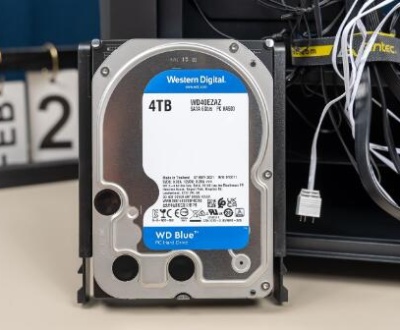This utility allows users to compress files into a .zip format, making them easier to store and share. However, one of the concerns users may face is the automatic deletion of files during the archiving process.
The Windows Archive Utility is a feature embedded in various versions of the Windows operating system that allows users to create and manage compressed files. Its primary functions include:
Compression: Reducing file sizes to save disk space.
File Management: Organizing files for easier storage and retrieval.
Sharing: Facilitating the transfer of multiple files through a single compressed folder.
How Does the Windows Archive Utility Work?
The utility works by using algorithms to compress files. When a file is compressed, it is transformed into a format that occupies less space. The .zip format is one of the most common, and Windows allows users to create and extract these archives easily.

Creating an Archive:
Right-click on the file or folder you wish to compress.
Select “Send to” and then “Compressed (zipped) folder.”
This action generates a .zip file in the same location as the original file.
Extracting Files:
Right-click on the .zip file and choose “Extract All.”
Follow the prompts to select a destination for the extracted files.
Common Issues with Automatic Deletion
While the Windows Archive Utility is a valuable tool, users often report issues concerning the unexpected deletion of files during the archiving process. Here are some common scenarios:
1. Accidental Deletion During Compression
When compressing multiple files, users might mistakenly select the “Delete Original Files” option if they are using third-party archiving software. While the built-in Windows utility doesn’t offer this option, confusion may arise when users switch between different compression tools.
2. Corrupted Archives
If an archive becomes corrupted during the creation process, it may result in the loss of original files. This situation can be frustrating, particularly if users are unaware that the files were not successfully archived.
3. Misconfigured Settings
Users may inadvertently alter settings in third-party archive utilities that could lead to the automatic deletion of original files after compression.
4. Malware Interference
In rare cases, malware may interfere with file management processes, resulting in unexpected file deletions. Ensuring robust antivirus protection can help mitigate this risk.
Troubleshooting Automatic Deletion Issues
If you suspect that the Windows Archive Utility is automatically deleting files, consider the following troubleshooting steps:
1. Check Archive Settings
If you’re using third-party software, check the settings to ensure that the “Delete Original Files” option is disabled.
2. Inspect System Configuration
Sometimes, system settings may inadvertently lead to file deletion. Navigate to:
Control Panel > System and Security > System > Advanced system settings > Performance > Settings
Check for any custom configurations that might affect file management.
3. Review Windows Event Logs
Event Viewer can help identify errors or issues related to file management. Open Event Viewer by typing eventvwr in the Run dialog (Win + R). Look under the “Windows Logs” section for any relevant warnings or errors.
4. Run Antivirus Scans
Perform a thorough antivirus scan to check for malware that may be affecting file operations. Use reputable antivirus software to ensure complete protection.
5. Check for File Recovery Options
If files have been deleted unexpectedly, utilize the Windows File History feature (if enabled) or third-party recovery software to attempt to restore lost files.
Preventing Automatic Deletion of Files
To minimize the risk of file deletion while using the Windows Archive Utility or any other file management tools, follow these best practices:
1. Create Backups Regularly
Regular backups are essential for data protection. Use external drives or cloud storage solutions to keep copies of important files.
2. Utilize Version Control
If working on documents, consider using version control software to keep track of changes and avoid loss of previous versions.
3. Educate Yourself on Tools
Familiarize yourself with the tools you use, especially if switching between different archiving utilities. Understand the features and settings to prevent accidental deletions.
4. Monitor System Health
Keep your operating system updated and monitor for any signs of instability, which could lead to data loss. Regular maintenance can improve performance and prevent unexpected issues.
While the Windows Archive Utility is a powerful tool for managing files and reducing storage needs, users must remain vigilant about potential issues, including automatic deletion of files. By understanding how the utility works, recognizing common pitfalls, and employing proactive measures, users can protect their data effectively. Regular backups, a solid understanding of file management tools, and routine system checks can help ensure that your important files remain safe and accessible.
About us and this blog
Panda Assistant is built on the latest data recovery algorithms, ensuring that no file is too damaged, too lost, or too corrupted to be recovered.
Request a free quote
We believe that data recovery shouldn’t be a daunting task. That’s why we’ve designed Panda Assistant to be as easy to use as it is powerful. With a few clicks, you can initiate a scan, preview recoverable files, and restore your data all within a matter of minutes.
Subscribe to our newsletter!
More from our blog
See all postsRecent Posts
- How to recover deleted voicemail samsung? 2025-04-22
- Samsung portable ssd t5 online recovery 2025-04-22
- Fix western digital external hard drive 2025-04-22

 Try lt Free
Try lt Free Recovery success rate of up to
Recovery success rate of up to









